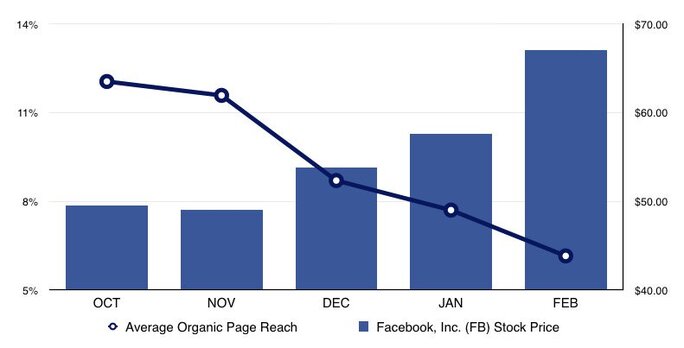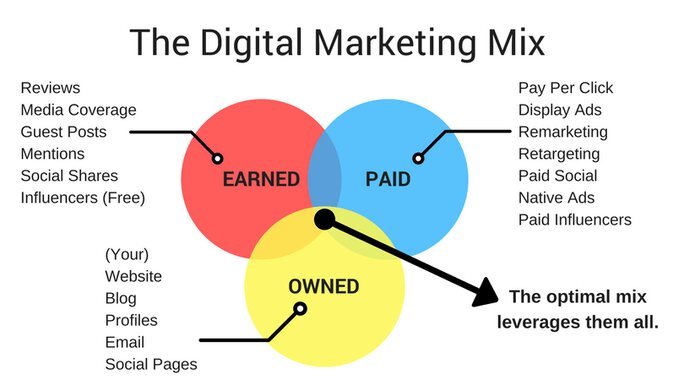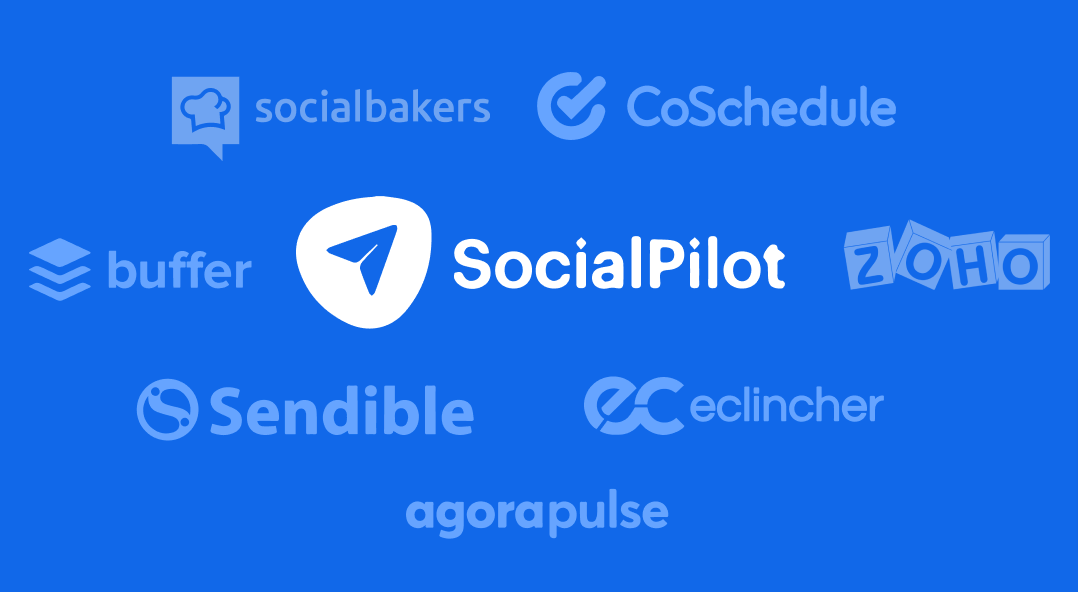Organic social reach has been going through a rough patch of late. While it showed much promise as a marketing strategy in the early years of social media, businesses are now struggling to make it work for them.
Indeed, according to a Social@Ogilvy study, organic reach could be as low as 2%. A depressing statistic, indeed. As it becomes less likely that your content will smoothly become the center of attention, marketers seek out insight on how best to adapt.

With a host of headlines doing the rounds, town-crying that Organic Reach is Dead, you too may be revising your entire social media marketing strategy.
Many businesses are asking the same question: Does poor organic reach mean it should no longer be a focus for our resources?
In this article, I will suggest that organic reach still has potential – when judiciously combined with paid social media marketing content.
Why Organic Social Strategy & Your Brand Should Not be Separated
My view is that organic social reach offers what paid advertising does not: an unparalleled opportunity to build your brand. What organic reach can achieve:
1. Positions your brand as an authority
An organic social strategy, if executed correctly, places you at the center of your field. With content that establishes you as an expert in your industry, you can quickly become the go-to person in that niche.
This creates a sense of trust in you that no “Buy this now!” campaign can ever achieve.
2. Communicates your values, aesthetics, and goals
Social media provides a platform for you to craft and share the world of your brand with your followers.
Whether it’s the aesthetic play of Instagram or Pinterest, or establishing industry insights on LinkedIn, social media empowers you to articulate who and what you are to the right people.
Your audience can engage with your brand on their own terms, with a sense of agency.
3. It pays dividends long after you’ve put the effort
Organic reach is a long game, and you can’t measure its worth simply through the “likes” generated by a single Facebook post.
The effort you put into shaping your brand through your organic social strategy now will cascade down through years of business activity.
4. Outstanding tool for customer engagement
Public feedback, good or bad, is an excellent conduit to show off your customer service skills. And social media is the ideal space for this. As John Marcinuk writes for Forbes:
“By demonstrating that you care about your community and that you’re present and engaged in the conversations they’re having, you will improve your ability to communicate positive brand values”.
Whilst these key assets of organic reach have not changed, the new challenges of the social media landscape have made it difficult to take advantage of them. So, how did we get here?
Challenges Facing Organic Social Media
Brands trying to develop their organic reach in today’s social media environment face several new obstacles to success. Here are three specific challenges you might have encountered:
1. Space is increasingly competitive as more brands are going social
The social media sphere is becoming overpopulated. Simple as that.
2. Facebook has changed its news feed algorithm
The site has shifted its criteria based on a new focus to its core ideal. It wants a platform that is about connecting people rather than “consuming media in isolation”. With this move to connection over consumption, the news feed space for your content is at a premium, and you have to put up more of a fight for it.
3. Paid advertising has become very profitable for Facebook and its disciples
Essentially, social media platforms have less to gain from you reaching organic social goals. To my mind, the third point really cuts to the heart of the issue.
What Does This Mean For You as a Marketer?
My advice to you as a marketer is quite simple. Swim with the tide. This is not the first time you’ve had to make a major shift in your strategy, and the reality is that not all of this is bad.
Despite the challenges of the current social media landscape, you shouldn’t give up on allocating resources to your organic social strategy.
Whilst harder to quantify in the moment, organic social media will offer rewards for years to come – if you’re willing to change and evolve.
The major shift you need to make is a philosophical one. Organic social media can no longer be viewed as a free billboard to advertise your products and services; rather, its key value lies in brand-building and audience engagement within your community.
Tips to Create an Effective Organic Social Media Strategy
Let’s consider some practical ways to optimize your organic social media strategy and build up awareness of your brand. Here are my top five ideas:
1. Use influencers and micro-influencers
By getting the right people to engage with your product, your brand message spreads exponentially. You need no longer rely solely on your direct audience. Rather, allow influencers to blow the dandelion of your brand.

2. Embrace visual media
First, make engaging visual content. Second, grow your audience. If you haven’t done so already, acquaint yourself with Facebook Live. Facebook tells you itself how much engagement it’s getting from this media source. Plan and post these videos using social media planning tools to stay consistent and all time active.
3. Educate your current customers
If you already have a loyal customer base, make sure they don’t lose touch with you. It may be a tall ask, but your followers can tweak settings to see your page’s content first in their feeds. If you offer true value, they may be willing to play ball.

4. Groups and online communities
Each platform has its own set of groups and communities, and it’s certain that some of these are highly relevant to your niche. Join, contribute, and don’t go for the hard sell. Build your profile and success will follow.
For example, the SaaS Growth Hacks group on Facebook includes CEOs, founders, marketers and other professionals related to the SaaS world. Its members help each other with tips, co-promotional activities and solutions to all their SaaS marketing issues.
Implementing these ideas will help embed your brand in the mind of social media users, without investing in paid advertising. However, to go beyond this, you could adopt a hybrid solution…
The Hybrid Approach
Combine organic and paid social strategy into a hybrid approach: you will quickly see that they are more complementary than they are contradictory. In very simple terms:
Organic offers long-term credibility; paid offers immediate visibility.

It doesn’t need to break the bank, either. Boosting content using social ad platforms is often very affordable. If you adopt this approach – striking the perfect balance between paid and organic social strategies – you’ll be in good company. According to this survey from Clutch, 86% of marketers embrace a hybrid (combined) strategy.
Conclusion
Within a comprehensive social media marketing strategy, organic social remains an ideal method to build brand awareness and loyalty, and foster engagement with your audience
In days gone by, creating a successful social media marketing campaign was the product of the alchemic relationship between creativity and determination – but algorithms are changing. Nowadays, it’s hard to achieve sufficient reach without a dispersal of some cold, hard cash.
Despite concerns over data privacy and protection, the number of users of social media is only increasing in this pay-to-play world. Marketers must adapt to this new social media climate in order to succeed. A social media strategy that combines paid and organic elements using free social media tools will put you in the strongest position to build and audience and grow your business.
Paid reach draws attention to your brand; organic reach creates trust in it.




